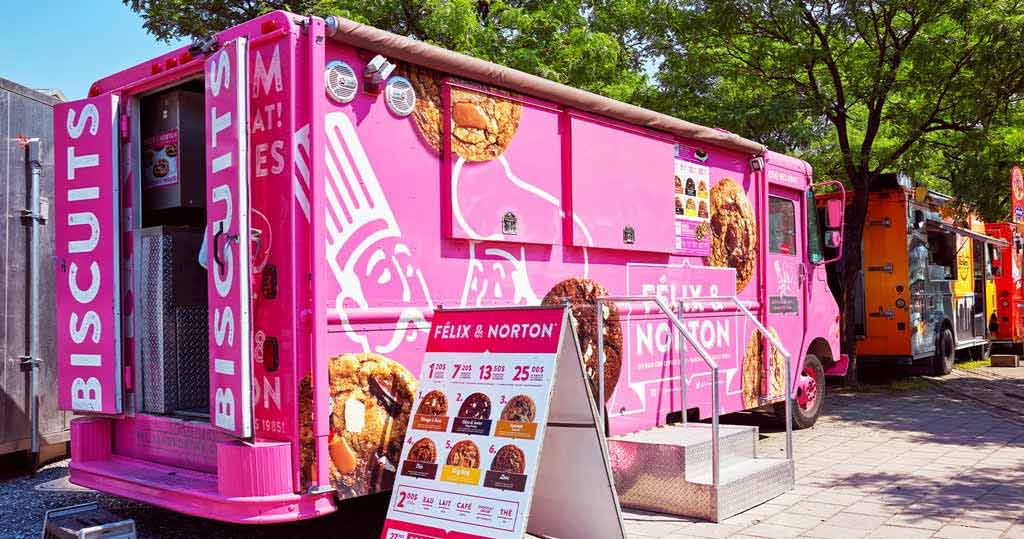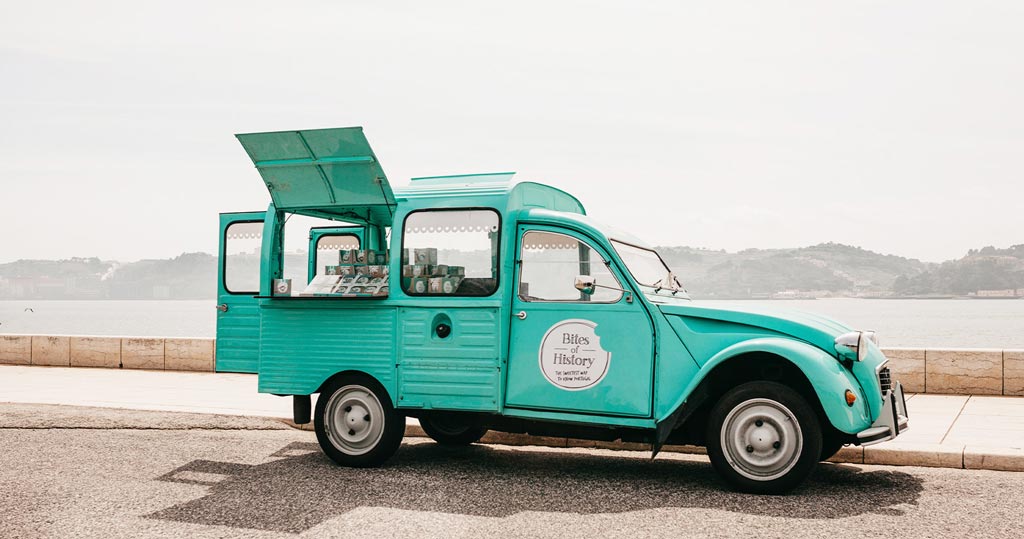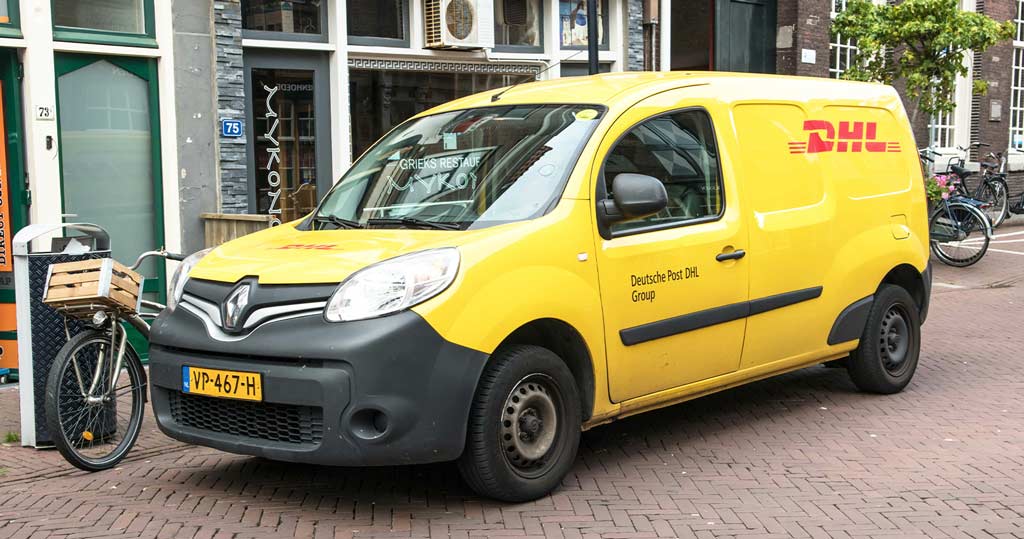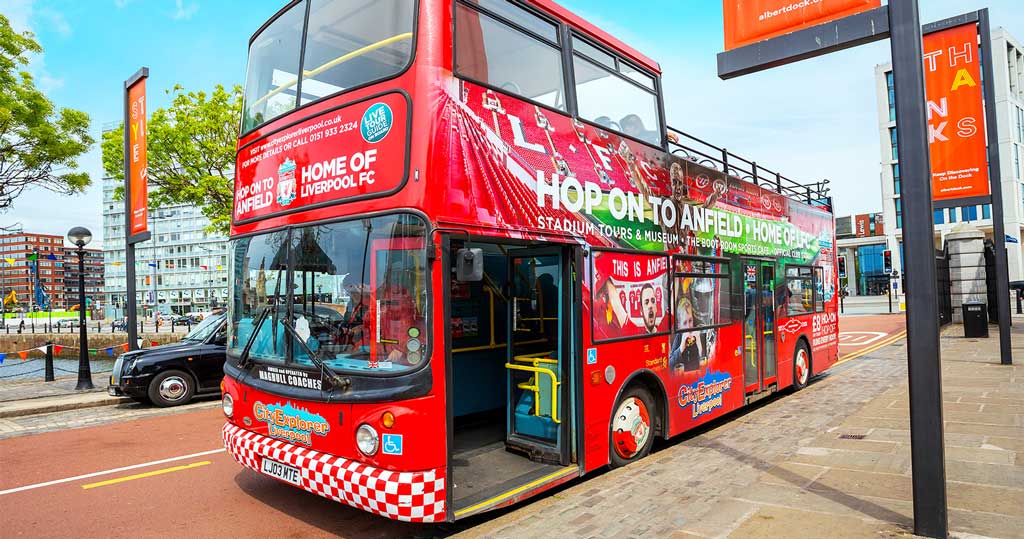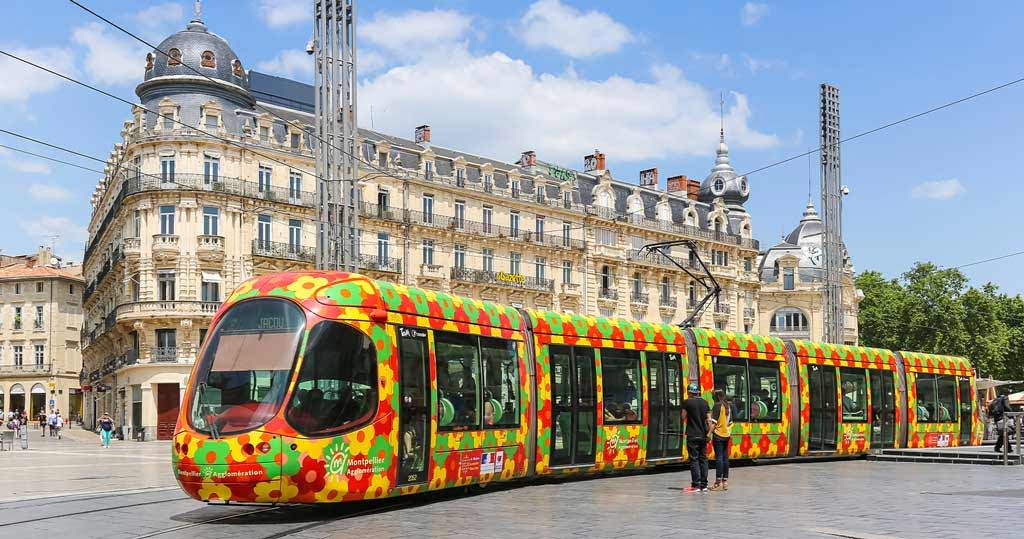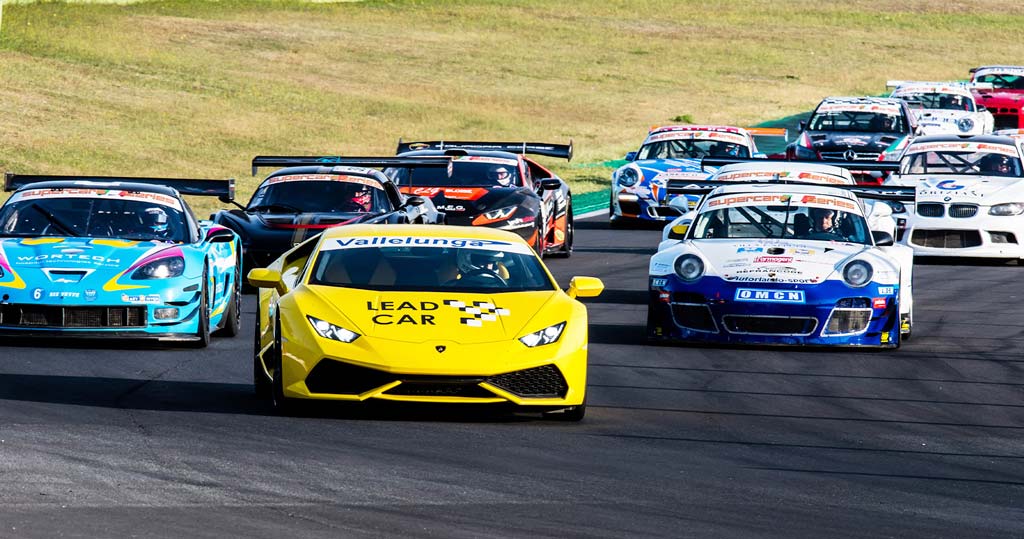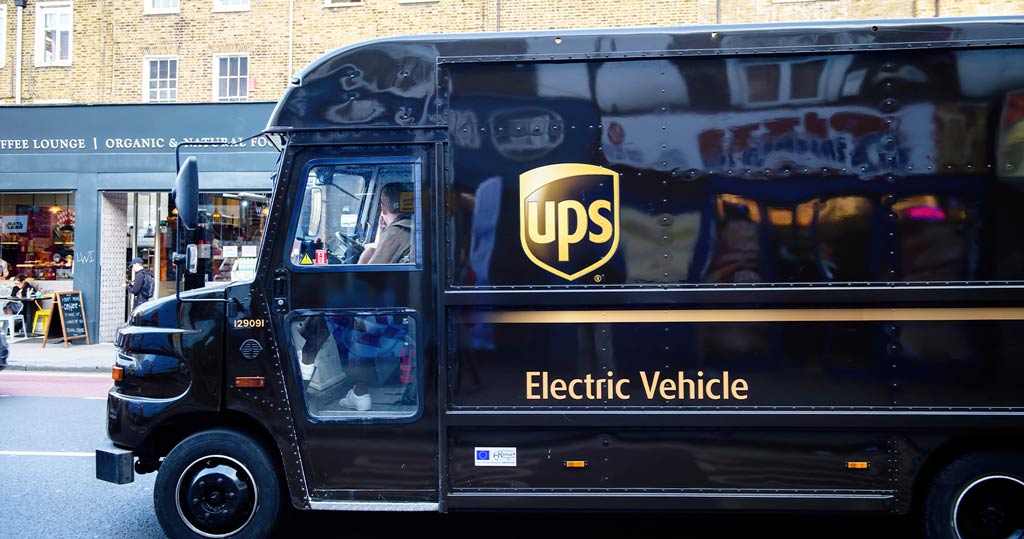Vinyl car wrap is like a second skin, covering the vehicle's exterior. Wrapping a vehicle is an efficient way to promote your business, to communicate on brand identity, on products, on services or events.
You can give any vehicle a new lease on life! All types of vehicles can be decorated such as cars, vans, buses, trucks, trains, motorcycles, snowmobiles, jet skis, boats…
Vinyl car wrap is like a second skin, covering the vehicle's exterior. Wrapping a vehicle is an efficient way to promote your business, to communicate on brand identity, on products, on services or events.
You can give any vehicle a new lease on life! All types of vehicles can be decorated such as cars, vans, buses, trucks, trains, motorcycles, snowmobiles, jet skis, boats…
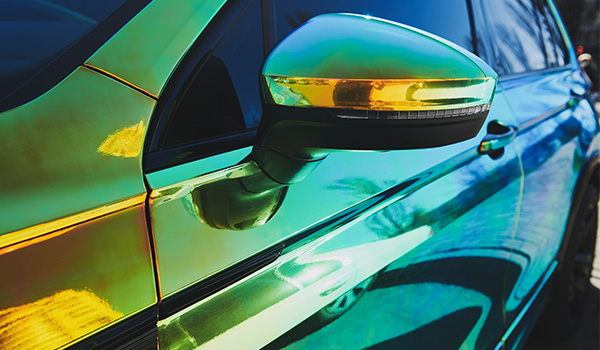
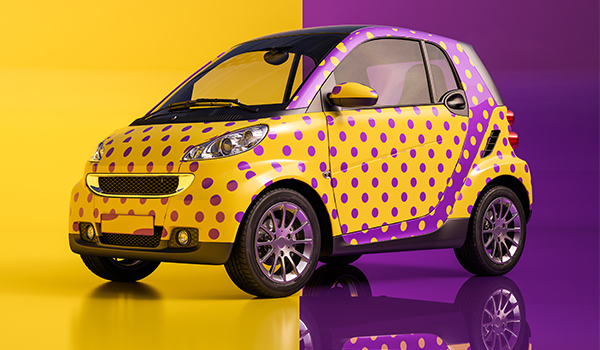
A vinyl car wrap is also an easy way to give a car a new look, a new color or perhaps even a matte finish as it is today very hype. There is an endless choice of color, styles and designs to choose from. Do you know that car wraps cost less than a new paint job? Car wrapping is worth considering for company cars which are normally used for a couple of years.
How much coverage do you need: cut decal, partial, or full wrap?
Car wraps vary, and can cover a car entirely or partially. Wrap films are primarily designed to adhere and remove well only on factory-painted panels of the car.
The first option is to cut decal. This type of vehicle graphic typically uses cut vinyl.
Cut vinyl is not printed but come in rolls of solid colors and can be combined to create a multi-color graphic.
Compared to printed vehicle graphics that uses ink on white vinyl, the pigments are embedded in cut vinyl that they will retain their vibrancy for up to 10 years!


The next option is print-cut graphics or a partial wrap. This graphic leaves the vehicle’s original paint partially visible.
A print-cut graphic is like a cut decal, except you need a roll of white printable vinyl and an overlaminate to protect the print. This setup will allow for gradients and custom colors without the need to register multiple single-color vinyl layers.
A partial wrap, on the other hand, involves less cutting, masking, and transferring graphics. A large sheet of vinyl is printed, laminated, and applied to the vehicle.
Then comes the full wrap. Some would only call it a full wrap if everything painted on the exterior has vinyl while some will leave the roof, bumper, door handles, and other small parts uncovered and still call it a full wrap.
Regardless of the matter, a full wrap covers at least 90% of the “wrappable” area in a vehicle.
Hard-to-stick surfaces such as unpainted textured plastic found on bumpers, side trim, door handles, and mirrors require specialty films.
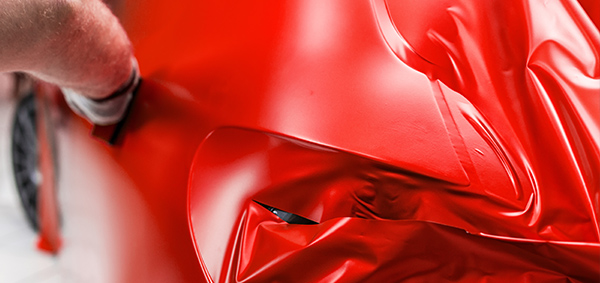
Antalis (put here you country) is a proud distributor of

What kind of materials are used to wrap a vehicle?
Did you know that car wrapping also provides protection? Satin clear applications are ideal for those wanting to add a layer of protection to their paintwork or change the factory paint finish.
How long does a vehicle wrap last?
This varies depending on factors such as the type of vinyl used, the quality of the craftmanship and the day-to-day maintenance of the vehicle. Generally speaking, a vehicle wrap will last roughly for 5 to 7 years.
How long does car wrapping take?
It takes at least two days to wrap a car depending on the size and difficulty of the vehicle. The car should also be left in the shop the day before work begins, and for day after work is completed to let it settle. Thus, you should plan for four days without your car.
Vehicle graphics: an other effective way to attract customers in the street
Personalize your vehicle and promote your business using lettering and custom graphics. Using vinyl graphics, you can create a cohesive, professional and distinctive look for your fleet at an attractive cost-per-impression. Your customers will instantly recognize your vehicles.
Choosing the right substrate on which to print your messages is crucial and will ensure they can be seen for the full life of the graphic. The film used is determined by what you want to do with the signage.
Simple logos or contact details normally require cut-out vinyl or self-adhesive films, whereas colour imagery across the full length of the vehicle requires a wrapping film.
To maximise day and night visibility, customise your graphics with eye-catching printable reflective films.










